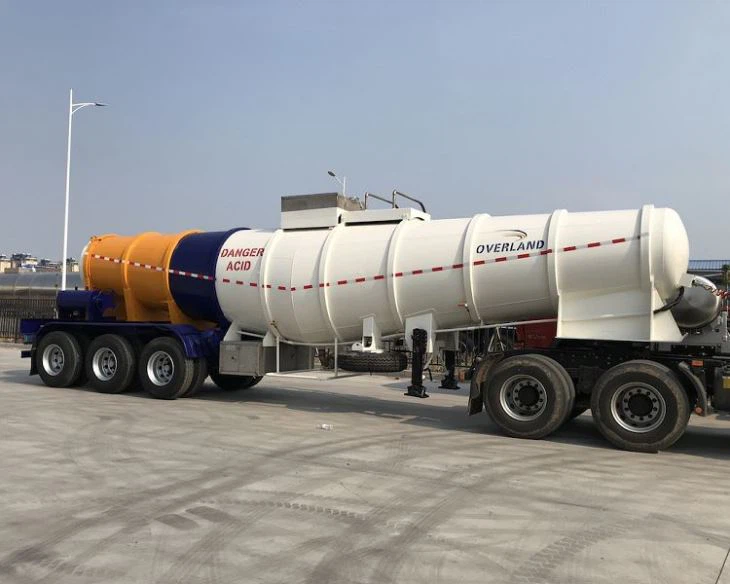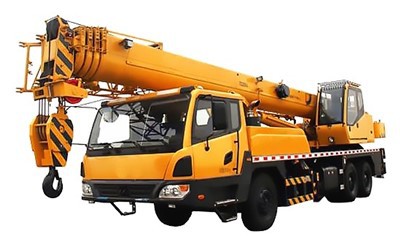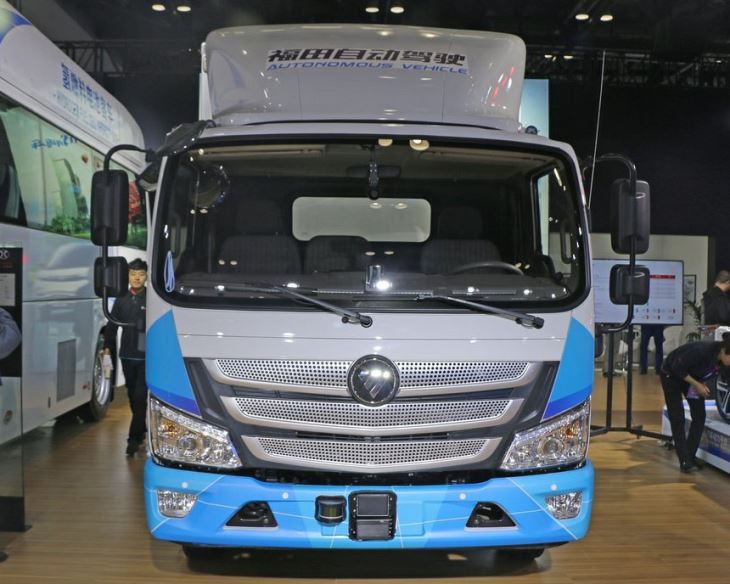How Many Gallons Are in a Fuel Tanker? A Comprehensive Guide

Fuel tankers play a crucial role in transporting gasoline, diesel, and other fuels to various locations, fueling our vehicles, industries, and economies. One of the common questions regarding fuel transport is, “How many gallons are in a fuel tanker?” This article delves into the specifics of fuel tanker capacities, types, regulations, and much more. We aim to provide you with everything you need to know about fuel tanker capacities, ensuring you have a thorough understanding of this vital topic.
Understanding Fuel Tankers
What is a Fuel Tanker?
A fuel tanker is a specialized vehicle designed to transport various types of fuels. These vehicles can vary in size, design, and purpose, catering to both liquid and gas transportation needs. Usually mounted on trucks, rail cars, or even ships, their primary objective is to deliver fuel safely and efficiently.
Types of Fuel Tankers
Fuel tankers can be broadly classified into different types based on their design and usage. Here are some of the most common types:
- Truck-Mounted Tankers: Primarily used for local deliveries.
- Rail Tankers: Used for large shipments over long distances.
- Marine Tankers: Designed to transport fuel across oceans.
- Specialized Tankers: Equipped for specific types of fuels or hazardous materials.
Fuel Tanker Capacities
Average Gallon Capacity of Fuel Tankers
The capacity of fuel tankers can vary substantially based on their type and purpose. Below is a table that outlines the average capacities of common fuel tanker types:
| Type of Tanker | Gallons (Approximate) |
|---|---|
| Small Truck-Mounted Tankers | 1,000 – 6,000 |
| Large Truck-Mounted Tankers | 6,000 – 10,000 |
| Rail Tankers | 25,000 – 30,000 |
| Marine Tankers (Coastal) | 100,000 – 300,000 |
| Large Marine Tankers (Deep-Sea) | 300,000 – 500,000+ |
Factors Affecting Tanker Capacity
Several factors can influence the capacity of a fuel tanker:
- Design and Manufacturing: Tankers can be customized with varying designs.
- Material Used: The type of material can affect weight and volume.
- Regulatory Compliance: Safety regulations may limit capacity.
- Intended Use: Some tankers are built specifically for certain fuels.
Fuel Transportation Regulations
Safety Standards for Fuel Tankers

Fuel tankers must adhere to various safety standards set by national and international regulatory bodies. Here are a few key regulations:
- Hazardous Materials Regulations: Governs the transportation of dangerous goods.
- Environmental Protection Agency (EPA) Guidelines: Ensures compliance with environmental safety.
- Department of Transportation (DOT) Regulations: Pertains to vehicle specifications, driver training, and emergency procedures.
Importance of Compliance
Compliance with these regulations is essential for ensuring safety, preventing spills, and minimizing accidents. Companies that transport fuel must regularly undergo inspections and audits to ensure they meet all necessary standards. Non-compliance can lead to serious legal penalties and risks to public safety.
Common Uses of Fuel Tankers
Fuel Distribution
Fuel tankers are primarily used in wide-ranging fuel distribution networks. They transport fuels from refineries to gas stations, airports, and industrial sites. This logistic activity is essential for ensuring a steady supply of fuel across cities and towns.
Emergency Response
In times of natural disasters or emergencies, specialized fuel tankers can be deployed to provide critical fuel supplies to affected areas. This role emphasizes the importance of fuel tankers beyond routine distribution.
Cost of Fuel Tankers
Factors Influencing Costs
The cost of owning and operating a fuel tanker can be influenced by several factors:
- Size and Capacity: Larger tankers typically cost more.
- Type of Fuel: Specialized tankers for hazardous materials may be more expensive.
- Maintenance and Insurance: Ongoing costs can vary widely.
Example Costs by Tanker Type
| Type of Tanker | Average Cost |
|---|---|
| Small Truck-Mounted Tankers | $50,000 – $100,000 |
| Large Truck-Mounted Tankers | $100,000 – $200,000 |
| Rail Tankers | $200,000 – $500,000 |
| Marine Tankers | $1 million – $300 million+ |
Practical Tips for Fuel Transport
Safety First
When operating or dealing with fuel tankers, safety should be the top priority. Here are some practical safety tips:
- Always wear appropriate protective gear.
- Regularly inspect the tanker for leaks or damage.
- Ensure that drivers are properly trained and certified.
Efficient Routing
For minimizing costs and maximizing delivery efficiency, it’s essential to plan optimal routes. Utilize route planning software to account for traffic, delivery windows, and fuel prices along different routes.
Regular Maintenance
Keeping a fuel tanker in good working condition can save money and prevent accidents. Schedule regular maintenance checks and follow manufacturer guidelines for inspections.
Future of Fuel Tankers
Trends in the Industry
With the rise of electric vehicles and alternative fuels, the fuel tanker industry is undergoing considerable changes. Below are some trends shaping the future:
- Adoption of Alternative Fuels: The transport of biofuels and hydrogen is increasing.
- Automation: Technology is paving the way for self-driving tankers.
- Environmental Regulations: Stricter regulations regarding emissions are being implemented.
The Role of Technology
Advanced technologies like GPS tracking, blockchain for logistics, and AI for route optimization are becoming integral to fuel tanker operations. These technologies aim to improve efficiency and reduce environmental impacts.
Frequently Asked Questions (FAQs)
1. What is the largest fuel tanker capacity?
The largest marine tankers can carry over 500,000 gallons of fuel, making them essential for international shipping markets.
2. How often are fuel tankers inspected?
Fuel tankers are typically inspected regularly, often mandated by regulatory agencies. Inspections can occur annually or biannually, depending on local laws.

3. Can fuel tankers transport different types of fuels?
Some fuel tankers can transport multiple types of fuels if they are designed for such. However, specialized tankers are often used for different fuel types to maintain safety and quality.
4. What safety gear should be worn when handling fuel tankers?
Operators should wear protective clothing, gloves, goggles, and respiratory protection in some cases to prevent exposure to hazardous materials.
5. What are the environmental regulations regarding fuel tankers?
Environmental regulations vary by country but generally include rules concerning spill prevention, emissions standards, and proper disposal of waste materials.

6. How can I ensure my fuel tanker operations are efficient?
Implement efficient routing, regular maintenance checks, utilize technology for tracking, and train drivers on best practices to optimize fuel tanker operations.
